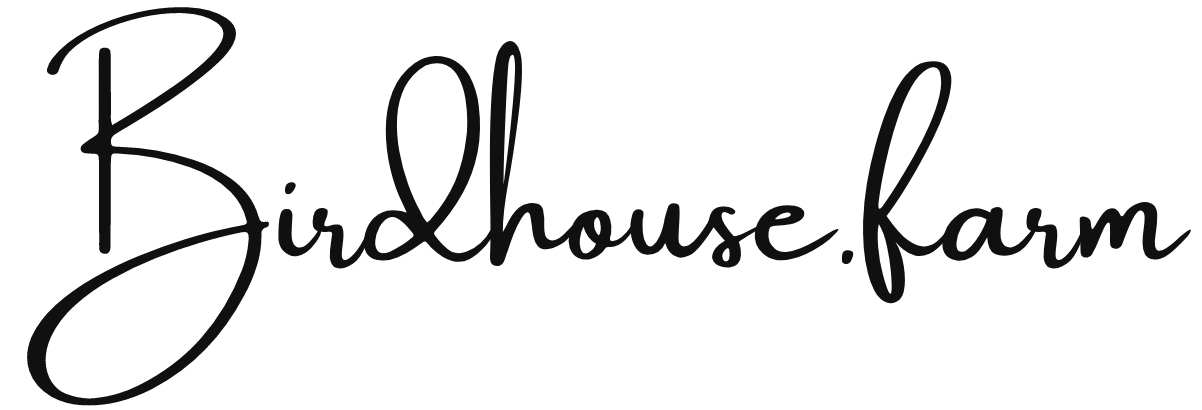Harvesting, Drying, and Storing German Chamomile
Bh.F Community Sourced Tips for Harvesting German Chamomile, Matricaria chamomilla
Harvesting
Timing: Wait until the flowers are fully developed and open, but still young and fresh-looking. The ideal time to harvest is in the morning when the flowers have fully opened but are not yet fully exposed to the sun.
Technique: You can harvest the top 1/3 of the chamomile plant; the leaves and stems are a great addition to tea. Harvesting a longer piece of the stem allows for easier drying and processing.
Harvesting first flowers: To promote growth, remove the first few blooms on each plant by plucking or pinching them off.
Gentle harvesting: Once blooms are ready for harvest, hold the stem just below the flower head and use scissors or pruning shears to make a clean cut below the flower. Avoid twisting or pulling the entire plant as this can damage the root system and reduce future growth.
Selective harvesting: If the chamomile plant has multiple flower heads, selectively harvest “ready” blooms from each plant rather than stripping all foliage from a single plant. This will allow the plant to continue producing new flowers and extend the harvest period.
Frequent harvesting: Chamomile flowers mature quickly, so plan to harvest every few days or once a week during the peak flowering period. This ensures you catch the flowers at their prime and encourages the plant to produce more blooms. By deadheading (removing or cutting off faded or spent flowers) your chamomile plants and keeping from going to seed, you can harvest until temperatures drop to below approximately -10°C or 14°F.
Drying & Storage
After harvesting, spread the chamomile flowers out in a single layer on a clean and dry surface. Allow them to air dry in a well-ventilated area away from direct sunlight. Proper drying is crucial to preserve the quality of the flowers.
Once fully dried, store the chamomile flowers in airtight containers, away from light, heat, and moisture. Proper storage will help maintain the potency and flavor of the chamomile.
Consider continuous planting:
If you have a large enough space, consider planting chamomile in succession. This means planting new chamomile seeds or seedlings every few weeks in the spring and early summer. This ensures a steady supply of fresh chamomile flowers throughout the growing season.
German chamomile is a cold-hardy annual herb with a moderate level of cold tolerance. It can withstand cooler temperatures, but is not hard frost-tolerant; protecting your plants from wind and extreme weather can extend your season. If you are in an area with a short summer growing season, consider planting in a container and placing in a sunny window once the temperature outside drops too low for their comfort.
The largest yield isn't always the primary goal when it comes to harvesting chamomile. These guidelines will help you to prioritize the health and longevity of your chamomile plants, your garden, and the greater ecosystem. Responsible harvesting will lead to long-term benefits and continued chamomile production in the future.
Remember, most chamomile tea is imported to the US. So every cup you grow yourself is a cup that was not imported into the country or even shipped to your house.



